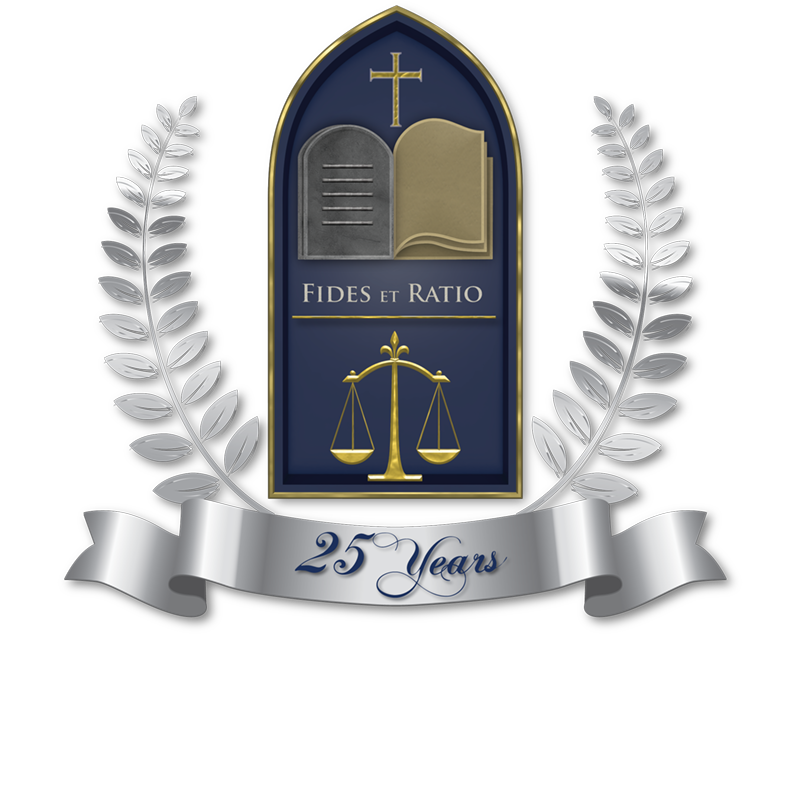Does artificially manufactured art satisfy the originality element in Copyright Law?

By Jacob Pizzo,
The Gavel, Contributor
J.D. Candidate, Class of 2024
Originality is a key element to make any creative work copyrightable. Stated in 17 U.S.C sec. 102(a), the requirement for originality is low, and the general rule states that any original work of authorship must possess a modicum of creativity.1 One part of the rule, that is prevalent now, is that this work of authorship must contain human original elements.2 The recently decided case of Thaler v. Perlmutter stated that Artificial Intelligence (AI) generated art is not copyrightable because it does not satisfy the originality element of a copyrightable work.3 The Courts took a firm stance that AI generated art must have creative human elements integrated into the work.
The originality element dates back to the early 1900’s.4 The main issue has always been how human creativity can be integrated while using a technological device. In Sarony, a photographer wanted his photograph to be copyrightable.5 The Court held that a photograph is a copyrightable work because there is human creativity in the work.6 The argument in Sarony stated that the artistic ability must have a human level of creativity.7 The simple act of taking photo did not constitute any level of creativity.8 The Court disagreed and stated that when using a device such as a camera, human creativity can be expressed in the work itself.9 A photograph can exemplify human manipulation such as and depth. Ultimately, this is the standard that is used for all copyrightable works.10 Technology, such as cameras, must have integrated into the work.11
The argument in Sarony is interesting because it is analogous to the issues with artistic works generated by AI. Human elements can be found in the AI generated work but the scope of what is copyrightable in an AI work needs to be changed. In Sarony, the Courts wrote in their opinion that creative elements of art can be manipulated by humans.12 With modern AI art, humans can manipulate the idea behind the work. This is an issue because the idea in copyright law is not protected but the expression of the idea is.13 The argument to make an AI work copyrightable must be about making the idea behind the creative work copyrightable. Courts have evolved with the Sarony case by allowing other uses of technology to be copyrightable because human expression can be seen in them. This evolution should stay consistent with AI.
Under the Copyright Act, it is nearly impossible to argue that an idea is copyrightable, but AI gives the world a unique opportunity to go against this rule. In copyright law, the Gaiman case set the precedent that the idea and the expression of the idea can merge to create one copyrightable work of art.14 Gaiman, showcased a dispute between two comic writers.15 One party concocted the idea of the characters while another party.16 The courts held that because the expression would not have happened without the idea, that the copyrighted work should be attributable to both artists.17 The same argument can be made about AI art. Humans invented the idea of what AI will be generating and the art could not have been generated without the AI’s expression. This case is analogous to the present day, making it cite because it allowed the copyright industry to change the scope of what can be copyrightable. Gaiman allowed Courts and lawyers to analyze the idea and expression together and not just as independent entities.18 This is a great start to the argument but the Courts, based on past precedent, will hold that there is no human manipulation of creative expression.
The argument that needs to be made is a combination of Sarony and Gaiman precedent. Based on Gaiman and Sarony, the human manipulation of the idea merged with the expression, creates a copyrightable interest for the party with the idea. In Gaiman, the expression would not have happened without the idea.19 In Sarony, there was human manipulation over the expression.20 For AI merged because there is human manipulation over the idea, and the expression would not have happened without the idea.
AI is now at the forefront of the artistic and creative world. Although AI is an essential aspect of the artistic industry, it is not being awarded the protection that other works of authorship are getting. The main argument that lawyers and Courts are stating is that AI does not meet the originality element of copyright. The arguments, although well-constructed, are skewed because the opinion from the Sarony and Gaiman cases support the use of artificial intelligence. Courts should use the Sarony case and merge it with the holding in
Gaiman to base their opinions. AI generated art, showing a human manipulation of an idea that merges with the expression of the work is worthy of copyright protection.
References:
1 17 U.S.C § 102(a)
2 Id.
3 Thaler v. Perlmutter, 2023 U.S. Dist. LEXIS 145823.
4 Burrow-Giles Lithographic Co. v. Sarony, 111 U.S. 53.
5 Id.
6 Id.
7 Id.
8 Id.
9 Id.
10 Id.
11 Id.
12 Id.
13 17 U.S.C § 102(a).
14 Gaiman v. McFarlane, 360 F.3d 644
15 Id.
16 Id.
17 Id.
18 Id.
19 Gaiman v. McFarlane, 644.
20 Burrow-Giles Lithographic Co. v. Sarony, 53




